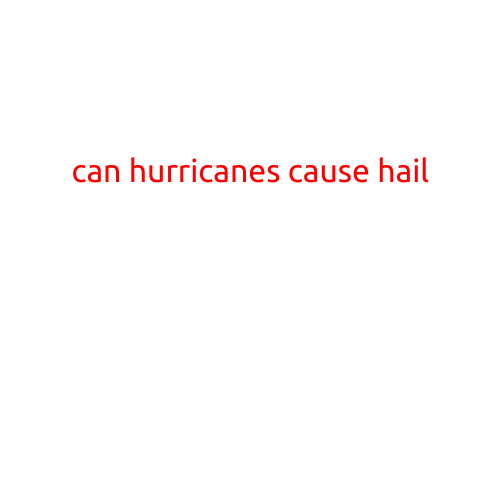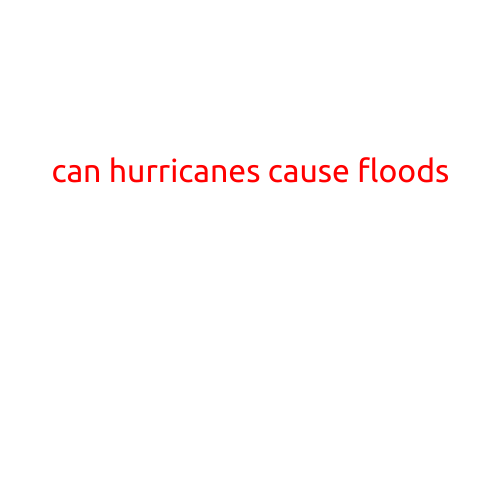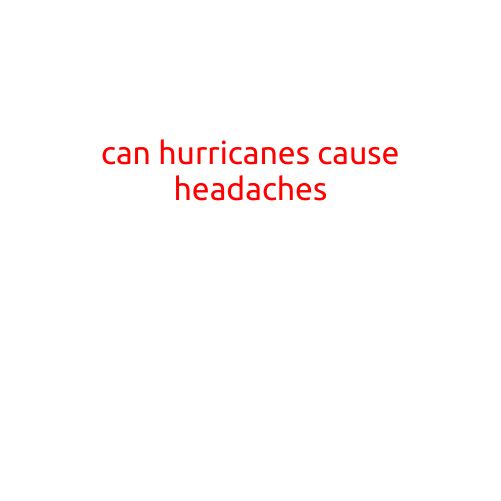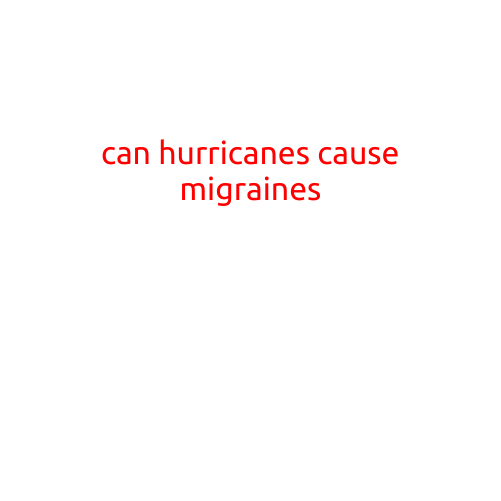
Can Hurricanes Destroy Houses? Understanding the Dangers of High Winds and Storm Surges
Hurricanes are powerful natural disasters that can bring devastating consequences to coastal communities and cities. One of the most pressing concerns for residents living in hurricane-prone areas is the potential for their homes to be destroyed or severely damaged. In this article, we’ll explore the ways in which hurricanes can destroy houses and provide guidance on how to prepare and mitigate the damage.
Hurricane Forces and Storm Surges
Hurricanes are fueled by warm ocean waters, which drive the circulation of air and create powerful winds and storm surges. The force of a hurricane is measured by its wind speed, which can range from category 1 (winds of 74-95 mph) to category 5 (winds of 157 mph or higher). The storm surge, or rise in sea level, can also cause significant damage as water inundates coastal areas.
Hurricane-Forced Wind Damage
Strong winds are the primary cause of damage to houses during hurricanes. The force of the wind can cause:
- Roof Failure: High winds can lift and tear off roofs, causing structural damage and leaving homes exposed to the elements.
- Walls Collapse: Wind-borne debris and structural damage can cause walls to collapse, compromising the integrity of the building.
- Window and Door Damage: Wind can shatter windows and doors, allowing water and debris to enter the home.
Storm Surge Damage
A storm surge is a rise in sea level caused by the hurricane’s winds and atmospheric pressure. This can lead to:
- Flooded Properties: Storm surges can inundate homes, causing significant damage to foundations, walls, and electrical systems.
- Water Damage: Flooded buildings can suffer water damage, including mold and mildew growth, which can compromise the structure and pose health risks.
- Debris and Debris Removal: Storm surges can bring large amounts of debris, including tree limbs, furniture, and other items, which must be removed to prevent further damage.
Preparing Your Home for a Hurricane
While it’s not possible to completely prevent hurricane damage, there are steps you can take to minimize the risk of destruction:
- Secure Outdoor Items: Move outdoor furniture, decorations, and other loose items to a safe location or secure them with ropes or straps.
- Cover Windows and Doors: Install impact-resistant windows and doors or cover them with shutters or plywood to prevent shattering.
- Trim Trees and Shrubs: Trim trees and shrubs to reduce branch breakage and prevent branches from becoming projectiles in strong winds.
- Elevate Electrical Outlets and Switches: Elevate electrical outlets and switches to protect them from flooding and water damage.
- Stay Informed: Monitor weather reports and sign up for emergency alerts to stay informed about hurricane conditions and any necessary evacuations.
Conclusion
Hurricanes can cause significant damage to homes, but by understanding the forces and factors that contribute to destruction, you can take steps to minimize the risk. By preparing your home and staying informed, you can help protect your property and ensure your safety during a hurricane. Remember, it’s always better to be prepared and take proactive measures to mitigate the damage caused by these powerful storms.





